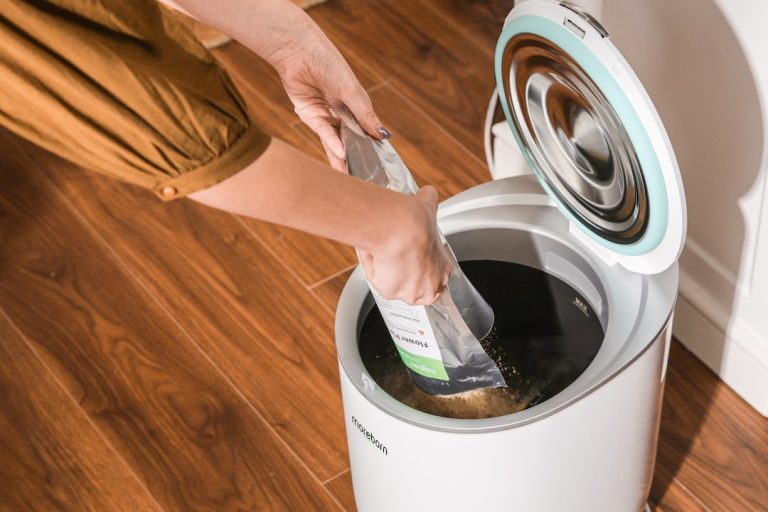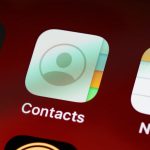The Best Digital Habits I Adopted From Living a Minimalist Lifestyle
For years, my digital life was a sprawling, chaotic mess. My desktop was a graveyard of unsorted files, my inbox overflowed with thousands of unread emails, and my phone buzzed incessantly, pulling my attention in a hundred different directions. I felt constantly overwhelmed, yet I couldn’t pinpoint why. It wasn’t until I embraced a minimalist lifestyle in my physical world that I truly understood the profound impact clutter had on my well-being – not just physical clutter, but digital clutter too. What started as an exercise in decluttering physical spaces quickly evolved into a complete overhaul of my online existence. This shift wasn’t about abandoning technology; it was about using it with intention, purpose, and a deep respect for my own focus and mental clarity. Here are the most impactful digital habits I adopted, directly inspired by the principles of minimalism, that have utterly transformed my relationship with technology and, by extension, my life.
My Journey to a Clutter-Free Digital Landscape
The first and most obvious digital habit born from my minimalist journey was the relentless pursuit of digital decluttering. Just as I learned to question the purpose of every item in my home, I began to scrutinize every file, app, and subscription in my digital world. This wasn’t a one-time purge; it became an ongoing discipline.
Streamlining My Digital Files and Folders
My computer’s desktop used to be an archaeological dig site. Now, it’s a pristine, almost empty canvas. I adopted a strict “zero desktop items” policy, meaning everything either gets processed immediately or filed away. I created a simple, intuitive folder structure for documents, photos, and projects, ensuring that finding anything takes seconds, not minutes. This habit extends to cloud storage as well; regularly reviewing and deleting redundant files prevents digital hoarding and keeps my virtual workspace efficient. The mental load lifted by knowing exactly where everything is, and that what’s there is truly necessary, is immense.
Culling Unused Apps and Software
Think about how many apps you have on your phone or programs on your computer that you haven’t used in months, or even years. For me, it was dozens. Inspired by the minimalist principle of “less is more,” I went through every device, uninstalling anything that didn’t serve a clear, current purpose or bring genuine value. This freed up storage, yes, but more importantly, it reduced visual noise and the subconscious urge to open apps out of habit rather than need. My phone screens now feature only essential tools, reducing decision fatigue and making intentional use of technology much easier.
Achieving Inbox Zero (or Close to It)
An overflowing email inbox is a constant source of stress for many, and I was no exception. Minimalism taught me to process items as they arrive. I adopted a rigorous “four D’s” approach to emails: Delete, Do, Delegate, or Defer. Unsubscribing from newsletters I never read, archiving completed conversations, and responding promptly to urgent matters transformed my inbox from a monument to procrastination into a functional communication hub. While I don’t always hit “inbox zero” every single day, it’s a consistent goal that keeps the digital clutter at bay and ensures important messages aren’t lost in the noise.
Reclaiming My Attention: Taming the Notification Beast
Perhaps the most profound digital habit I adopted was learning to fiercely protect my attention. Minimalism isn’t just about physical space; it’s about mental space. Constant pings and alerts are the antithesis of mental clarity.

The Radical Act of Turning Off Notifications
This was revolutionary. Inspired by Cal Newport’s concept of Digital Minimalism, I went through my phone and computer and selectively turned off almost all notifications. No more pop-ups for social media likes, news alerts, or non-essential app updates. The only exceptions are direct calls, texts from immediate family, and critical work communications. The initial fear of missing out (FOMO) quickly dissipated, replaced by a profound sense of calm and control. My phone no longer dictates my attention; I choose when and how to engage with it.
Establishing Digital Boundaries and Screen-Free Zones
Just as I designated specific areas in my home for specific activities, I created digital boundaries. My bedroom, for instance, became a strictly screen-free zone, especially an hour before bed. Dinner times are phone-free. Weekends often include extended periods where my phone is put away or on silent, allowing me to fully engage with my surroundings and loved ones. These self-imposed limitations, much like the physical boundaries in a minimalist home, foster deeper presence and allow for genuine rest and rejuvenation, free from the constant pull of the digital world.
Curating My Digital Input for Deeper Engagement
Minimalism teaches you to be intentional about what you bring into your life. This principle translated directly into how I consume digital content. Instead of passively scrolling, I became an active curator of my digital diet.
Mindful Social Media Consumption
Before minimalism, social media was a time sink and often left me feeling drained or inadequate. Now, I approach it with a clear purpose. I unfollow accounts that don’t genuinely inspire, inform, or connect me. I limit my time on platforms, often using app timers or scheduling specific blocks for checking updates. The goal isn’t to be absent but to engage meaningfully, connect with people I care about, and consume content that genuinely adds value to my life, rather than mindlessly scrolling through endless feeds. This shift aligns with research on screen time and well-being, showing that intentional use is key.
Choosing Quality Over Quantity in Information Consumption
The internet offers an endless stream of information, but not all of it is valuable. I stopped grazing on clickbait headlines and shallow articles. Instead, I subscribed to a few high-quality newsletters from trusted sources, sought out in-depth analyses, and spent more time reading books or long-form articles that offered genuine insight. This habit has enriched my understanding of the world, sharpened my critical thinking, and reduced the feeling of being overwhelmed by an endless news cycle. It’s about feeding my mind nutritious information, not just empty calories.
The Power of Digital Silence: Embracing Intentional Disconnection
One of the most profound lessons from embracing a minimalist lifestyle was the value


